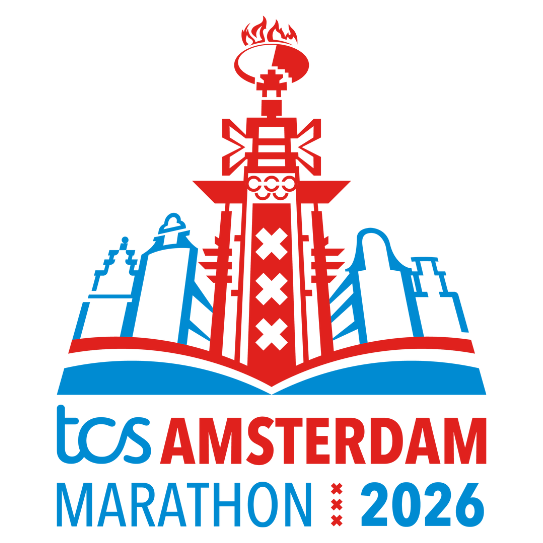Sports equipment
You’ve decided to go running. Great! Before you start training, it’s important to find the right shoes and clothing. For running, you need running shoes that provide you with the right protection and support during your run. In the shop, you need to find out which shoes suit your running style and the shape of your feet. All feet are different! In addition, it is important to wear the correct clothing to match the temperature. Wear clothing that you have worn before so that you can be sure it fits well and does not chafe, for example. Don’t wear clothes that are too warm, either. It doesn’t matter if you’re a bit chilly at the start, and make sure you’re wearing light, airy clothing on hot days.
Training plans
Whether it's a marathon, 10 miles or a 5K run, it's never good for your body to be at the start untrained. You can choose to start and see how long you can last, or you can get started with a training plan. You have several websites where you can make a training plan, such as
www.runday.nl or
www.runnersworld.com. In addition, you can also choose to train in a group with a trainer.
The risks of running
Exercising is healthy – it ensures a good physical condition and reduces the risk of cardiovascular disease. Besides the fact that running is fun and good for you, it can also involve risks. Unfortunately, every year we are startled by the sudden death of an athlete. This happens to 150-200 athletes every year. The number of runners who die of sudden cardiac death each year is about 1 in every 100,000 runners, with men at a higher risk than women. The cause of sudden cardiac death strongly depends on the age of the athlete. In athletes below the age of 35, it is usually the result of a congenital heart defect. In athletes over 35, it is almost always a narrowing of the coronary arteries that supply blood to the heart. This can cause an insufficient oxygen supply to the heart muscle and may lead to a heart attack. In 20% of cases, sudden death during or shortly after running is the result of a heart attack. In 80% of cases, it is overheating (heat stroke), which can lead to death. In a heart attack, it is not the running that is the cause of acute cardiac death, but the underlying heart problem. In a heat stroke, the body temperature has risen so high that it reduces the ability of organs such as the heart to function. A questionnaire has been created that can help you work out whether you are at an increased risk of these kinds of serious problems during your sports activities. Answer the questions below to see what the advice is for you. Go to the questionnaire. To prevent heat stroke, read the section on heat stroke.
Aftercare & recovery
Need to fully relax after the finish line? You can!
On Saturday, October 19, our professional NGS sports massage therapists will be ready for you at Sporthallen Zuid. And the best part? The massage is completely free!
Why get a massage afterwards?
Scientific research shows that a sports massage helps reduce delayed onset muscle soreness – the muscle pain and stiffness that occurs 24 to 72 hours after physical exertion. A massage provides relief, promotes recovery, and helps you feel fit again more quickly. This way, you can enjoy your marathon achievement without struggling to walk for three days.
A good idea during your preparation too
Massage isn’t just valuable after the race, but also during your training period. Regular massages in the lead-up to a marathon can help reduce muscle tension and lower stress levels. Research also shows that massage can improve body awareness and help prevent injuries by detecting signs of overuse early.
Always choose an NGS massage therapist®
Did you know that anyone can call themselves a “massage therapist” without any training? Your body is valuable, so put it in the right hands. NGS massage therapists are certified, meet strict quality standards, and continuously update their knowledge. Find a certified therapist near you at www.vindeenmasseur.nl. The website also offers useful tips to help you prepare perfectly for your marathon.
Good luck with your training, and see you in October!


